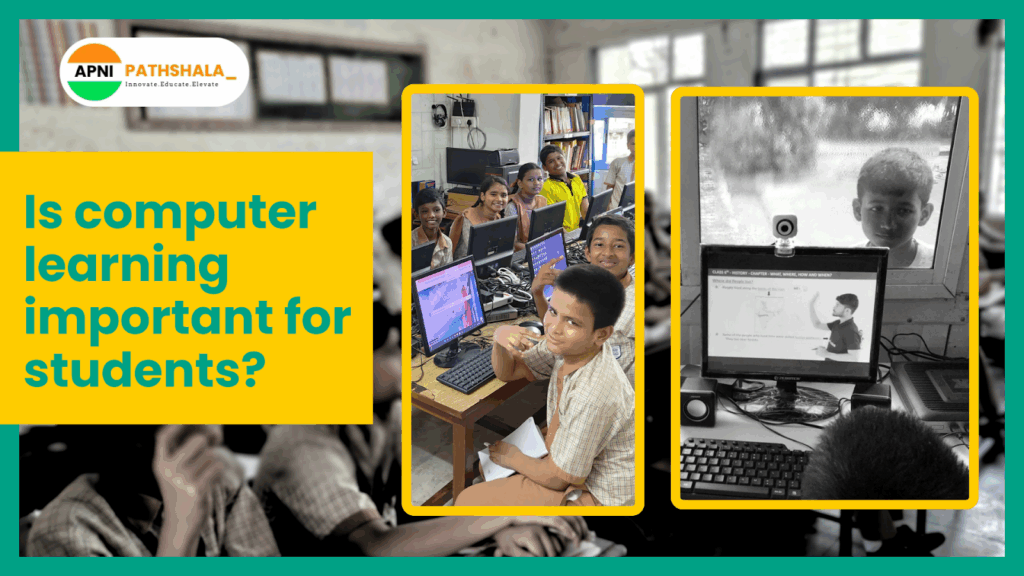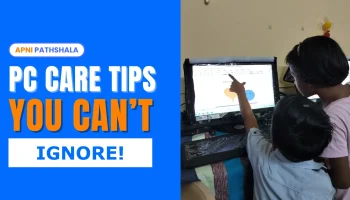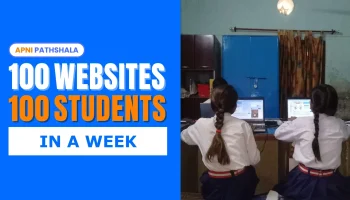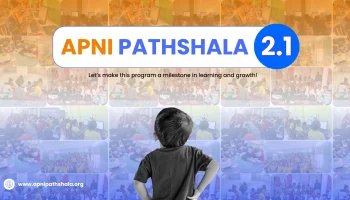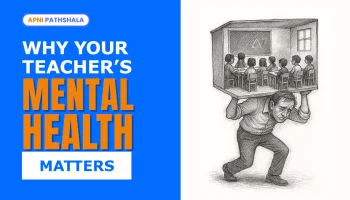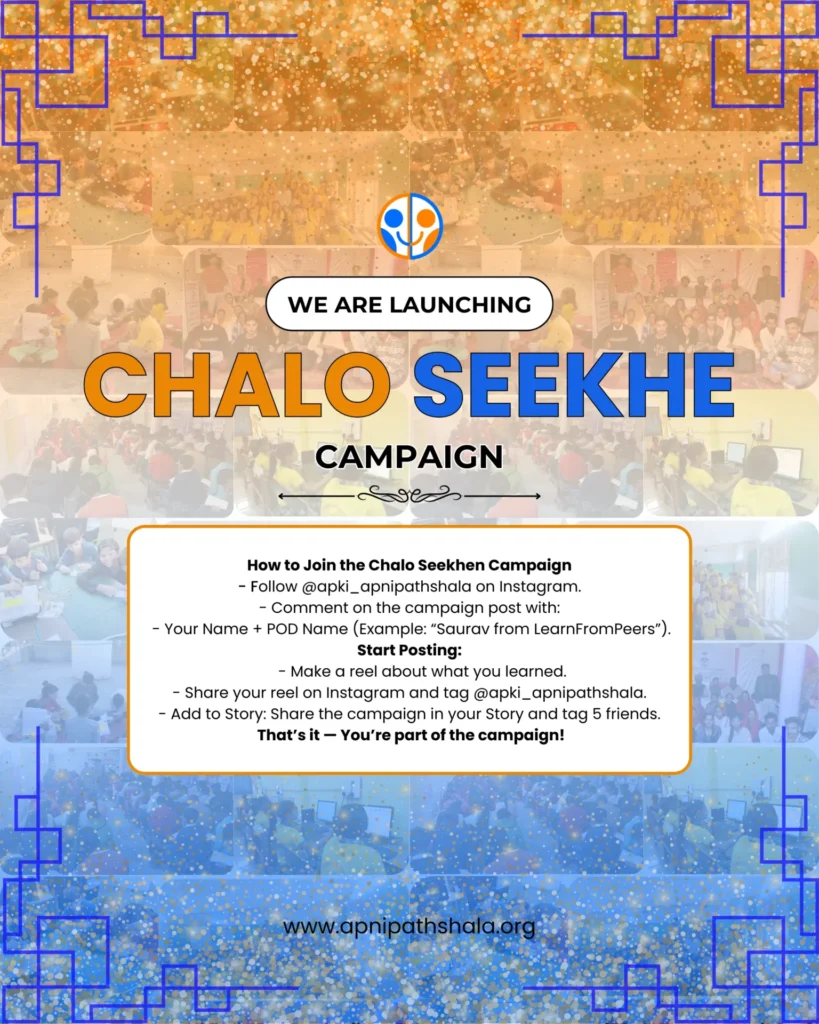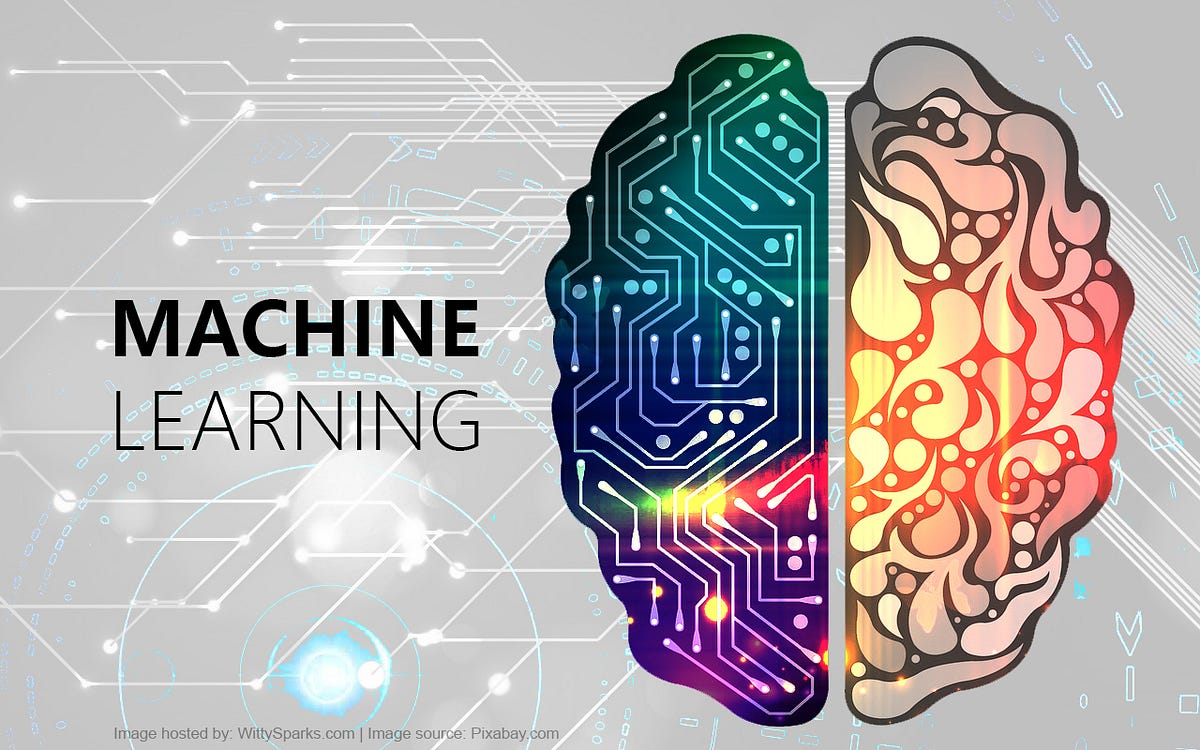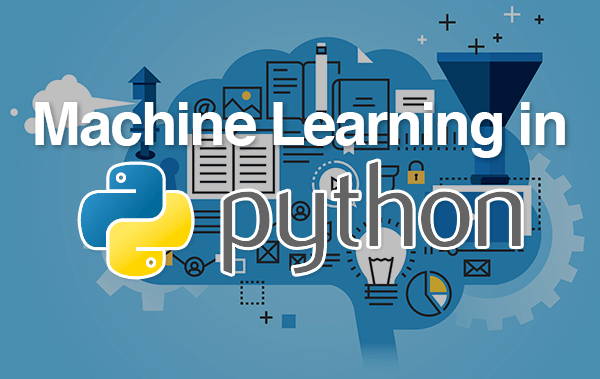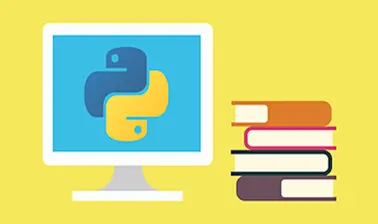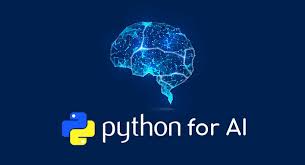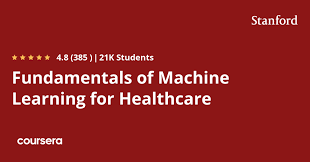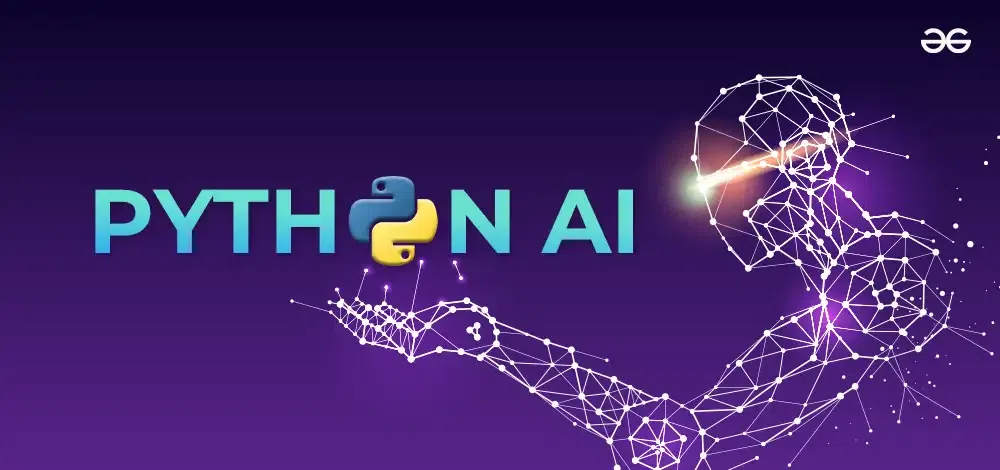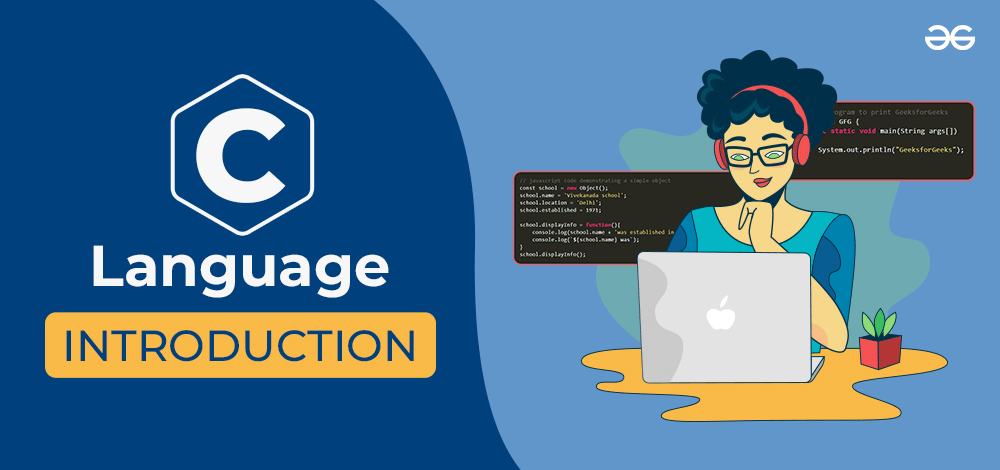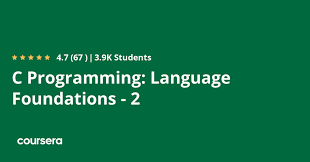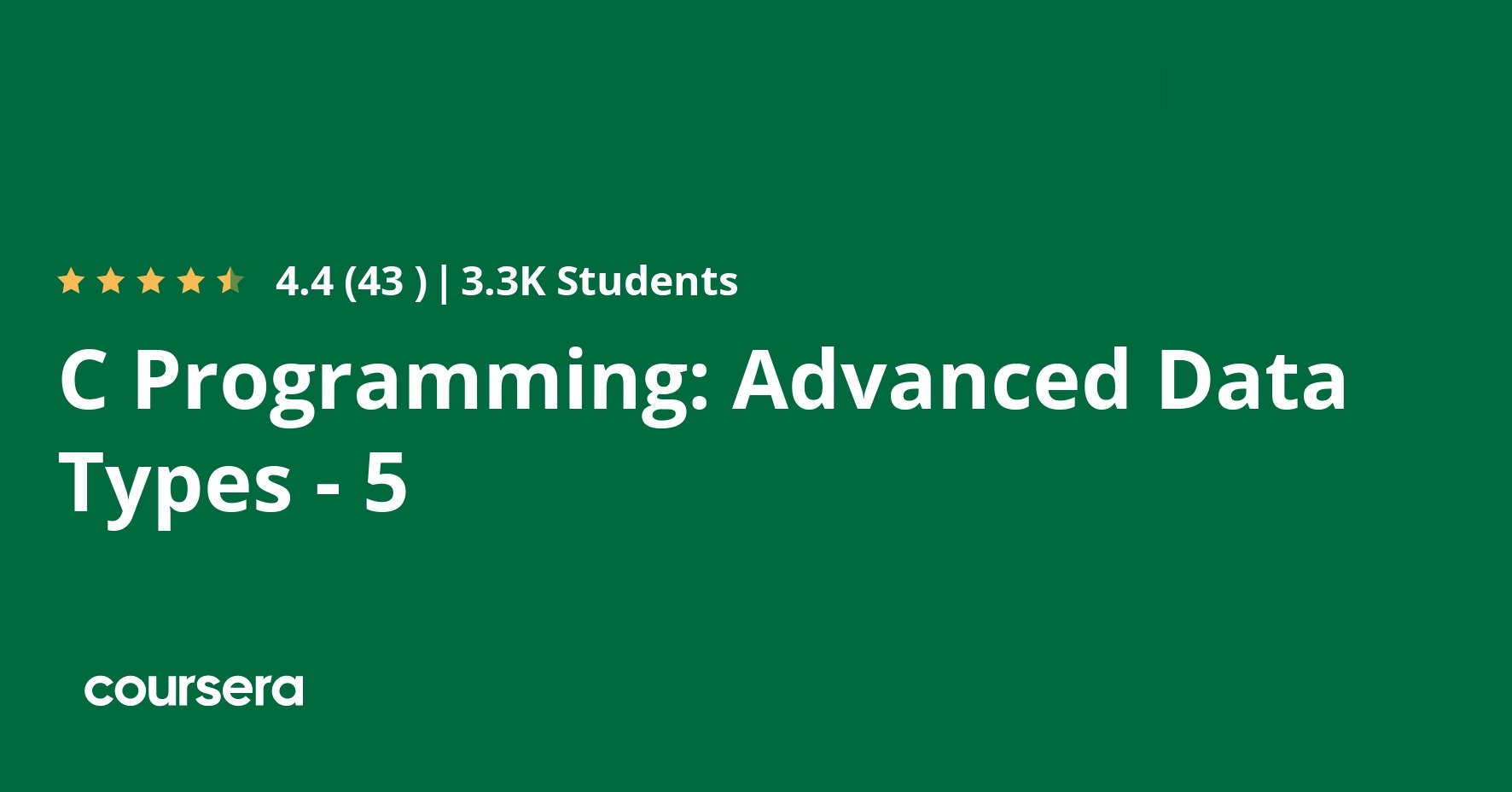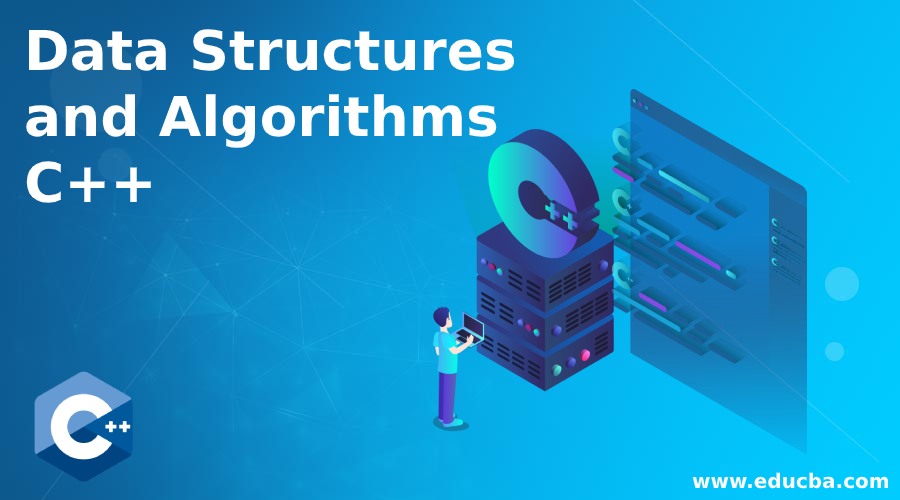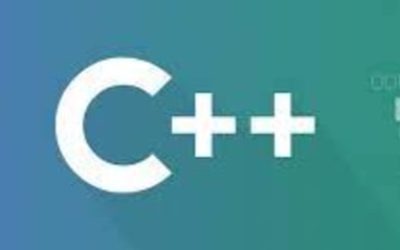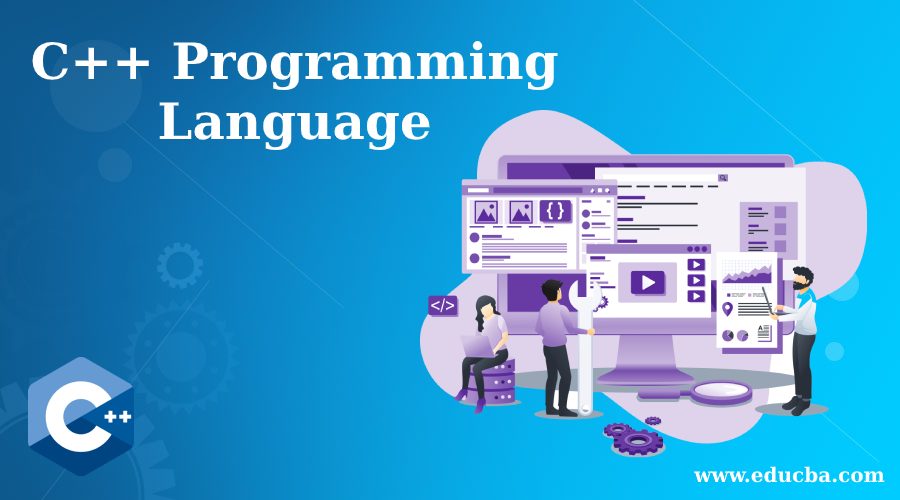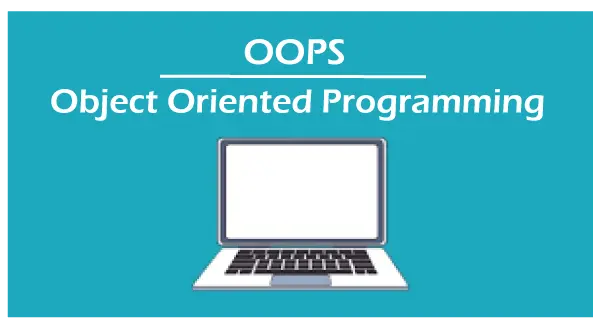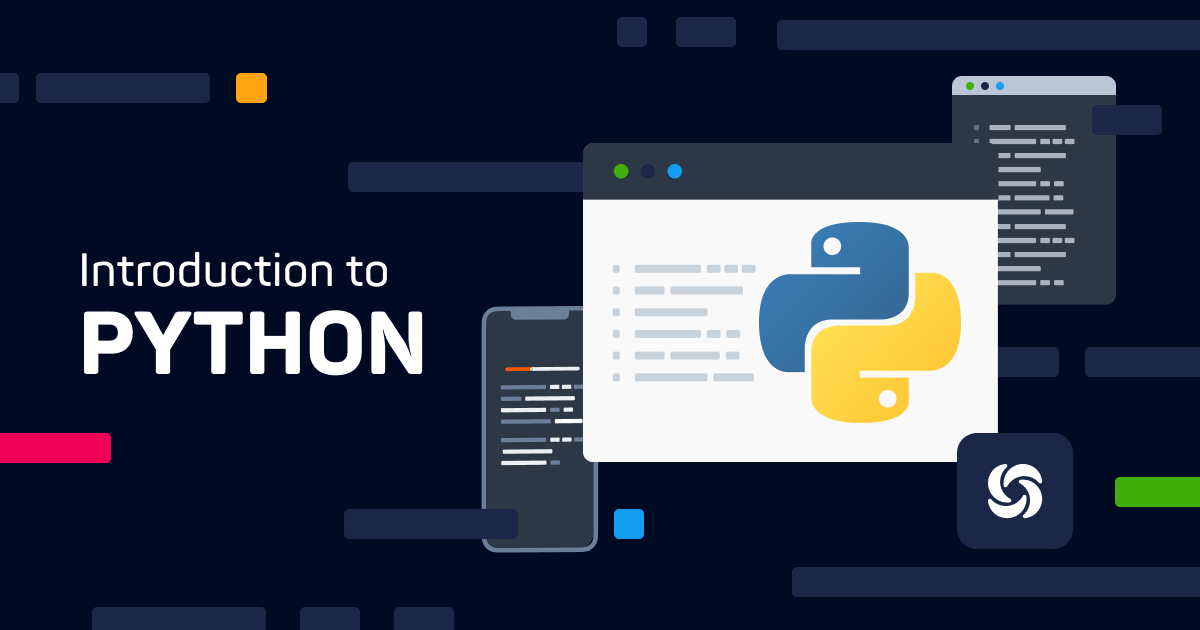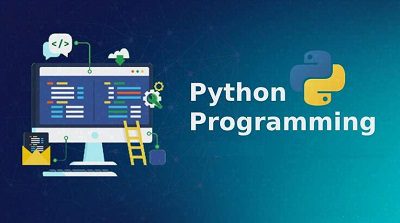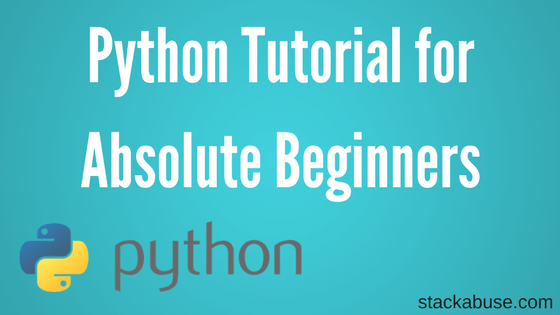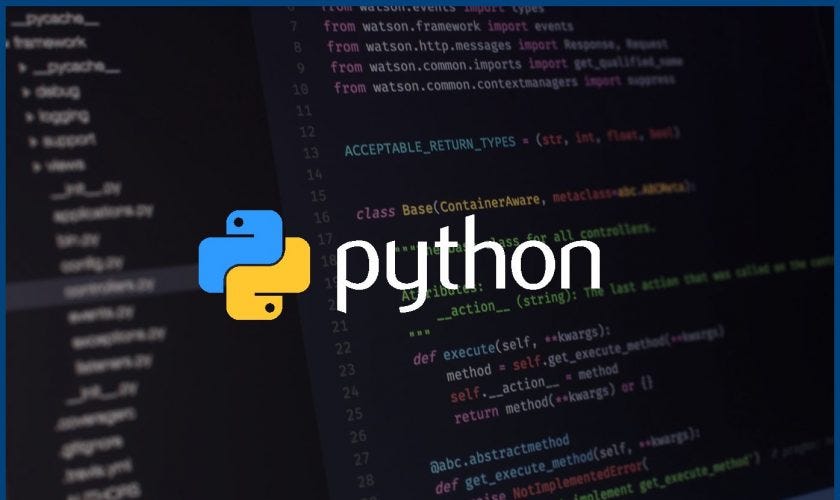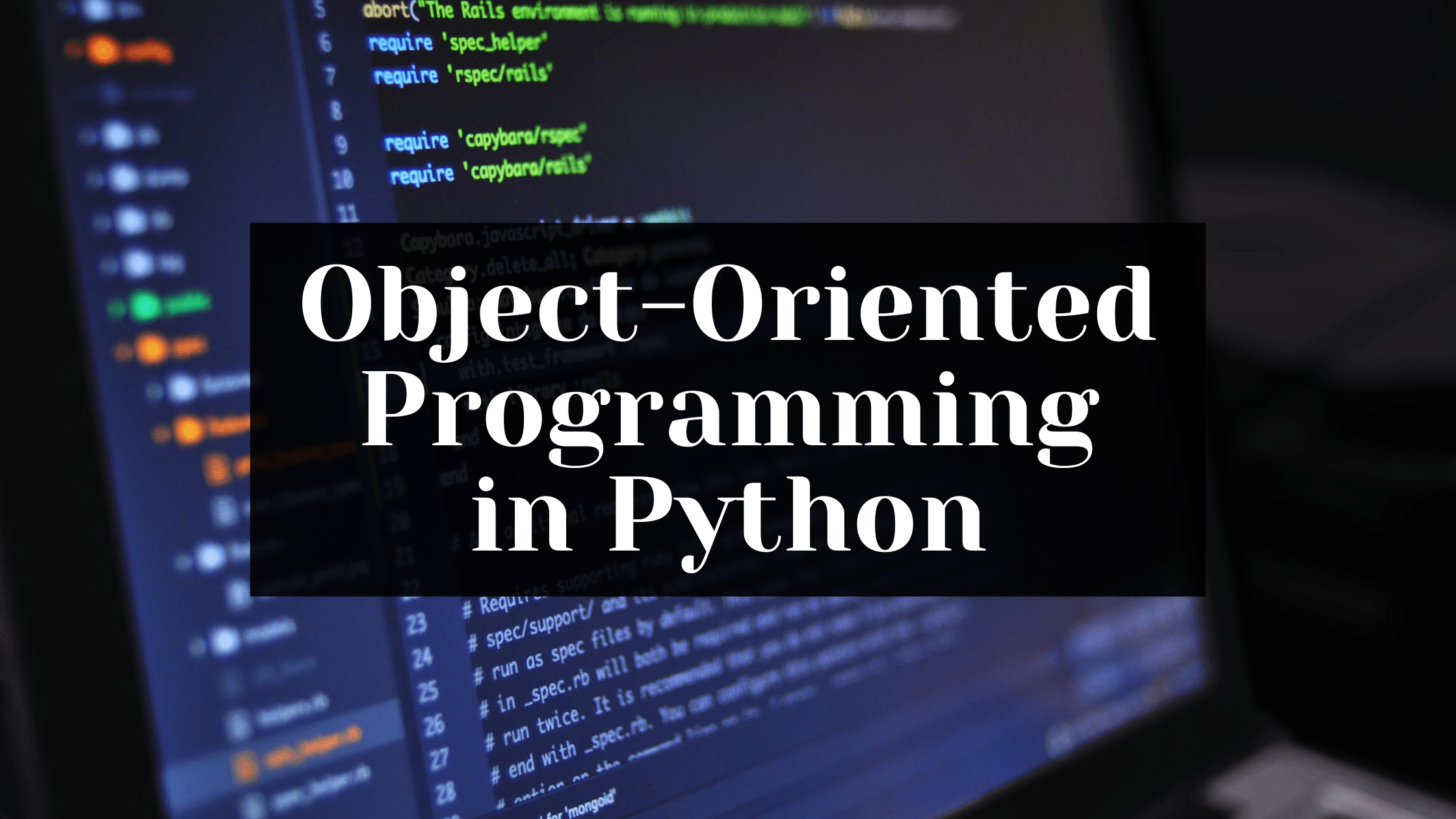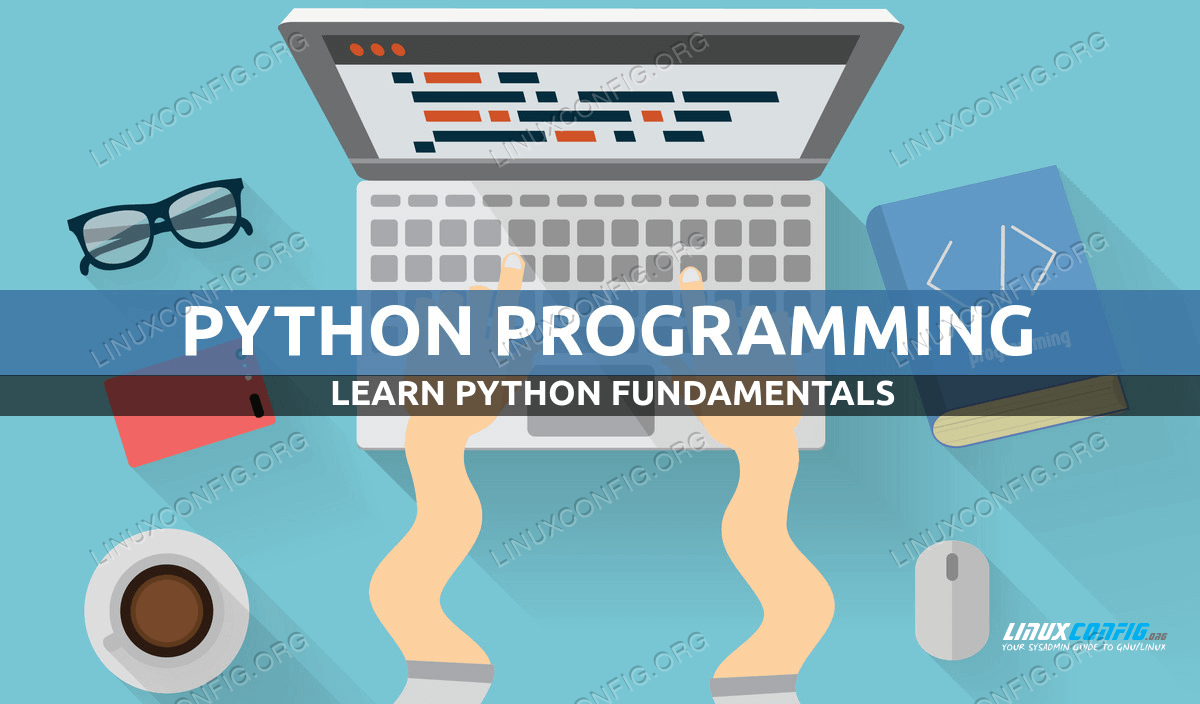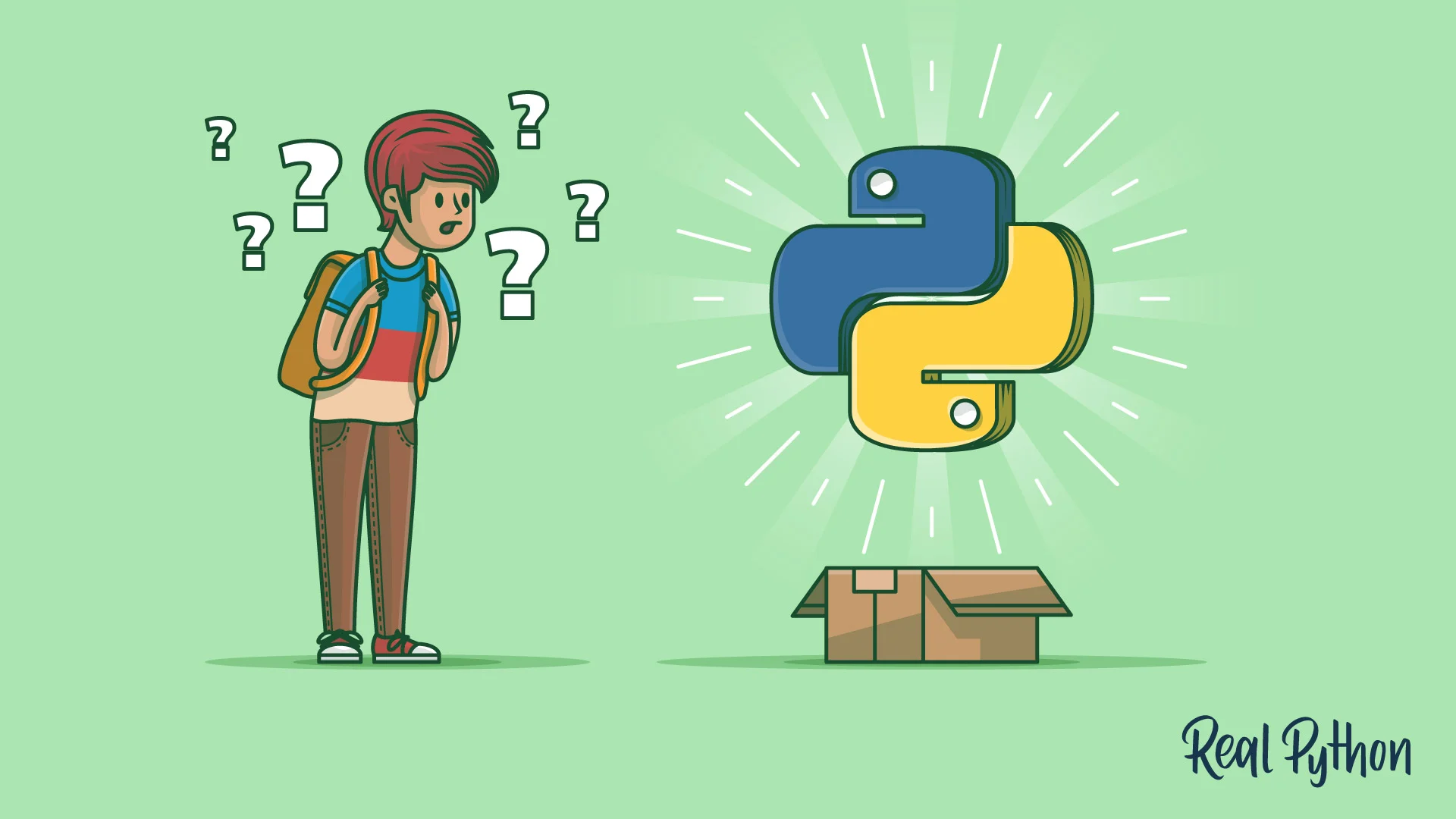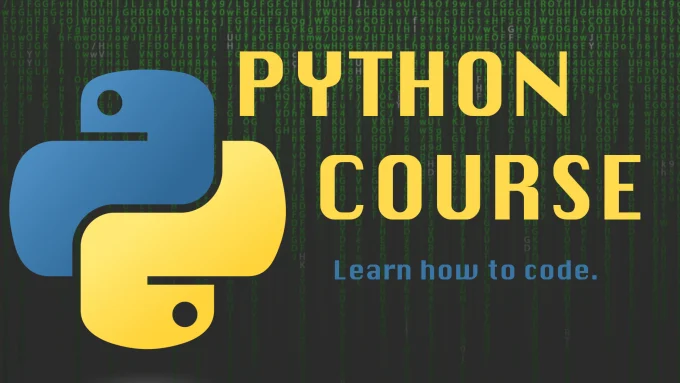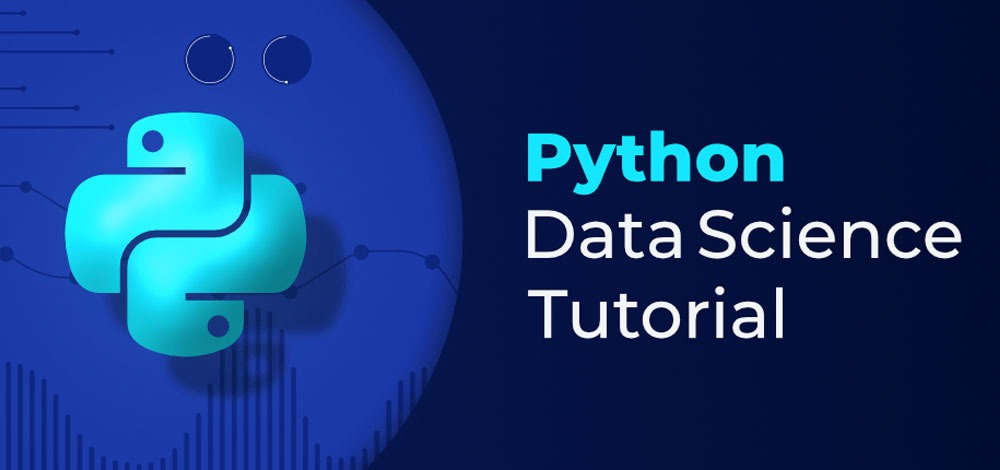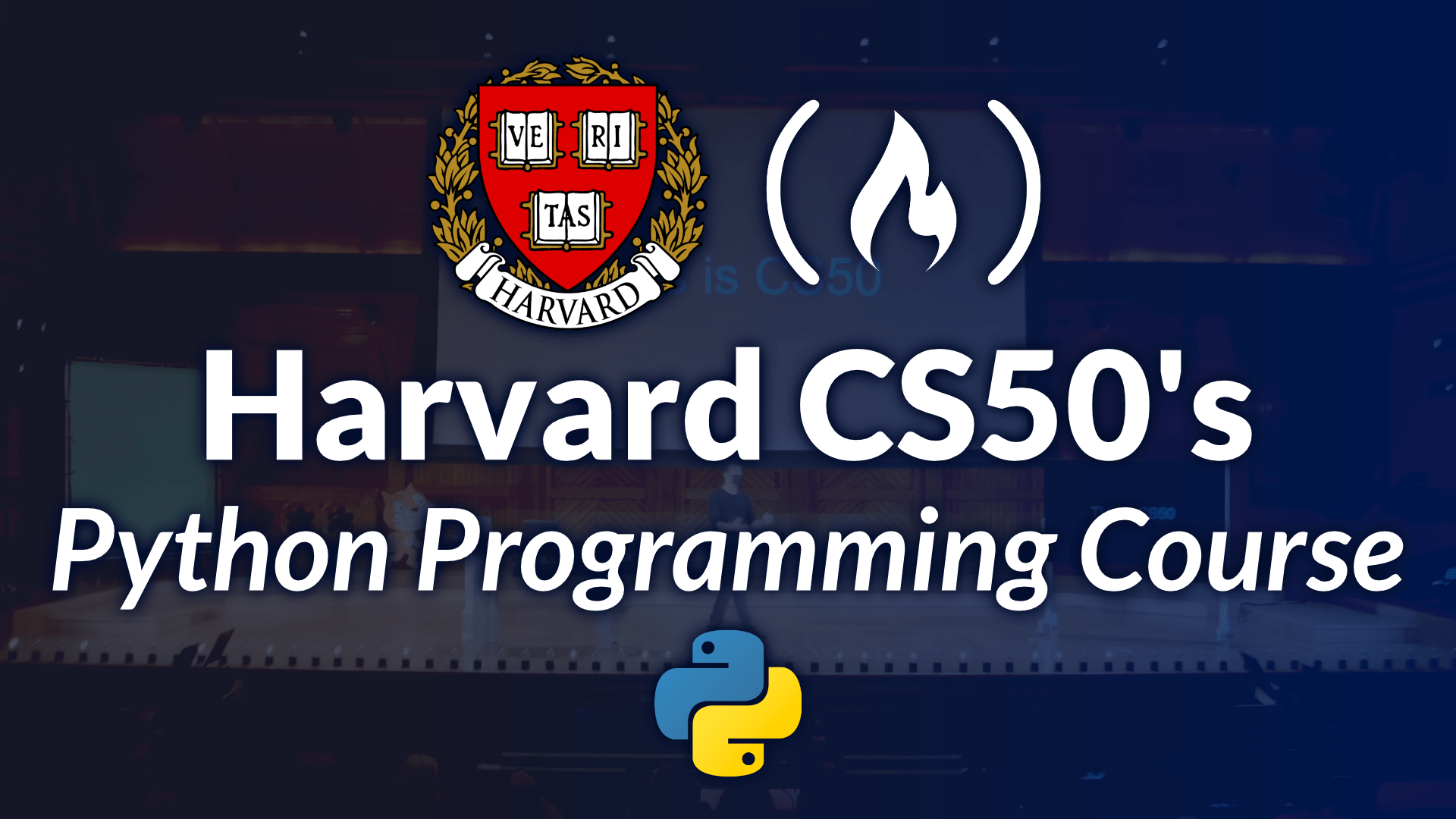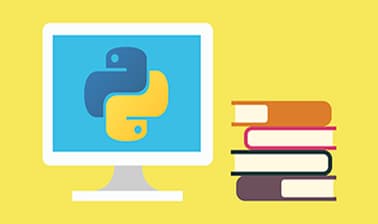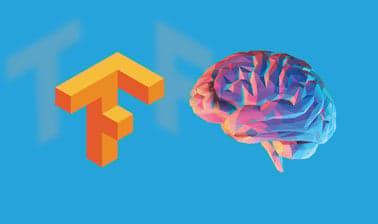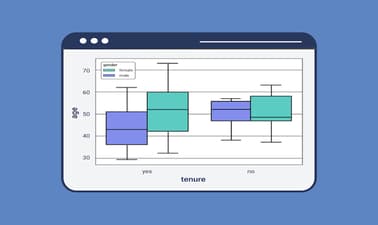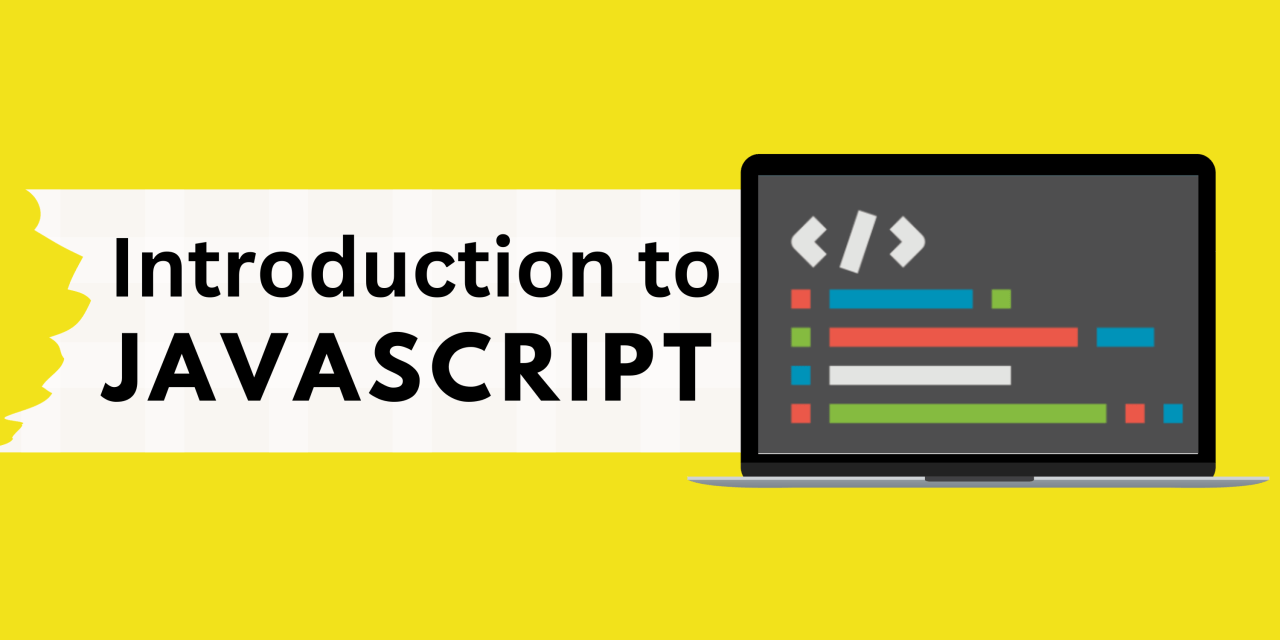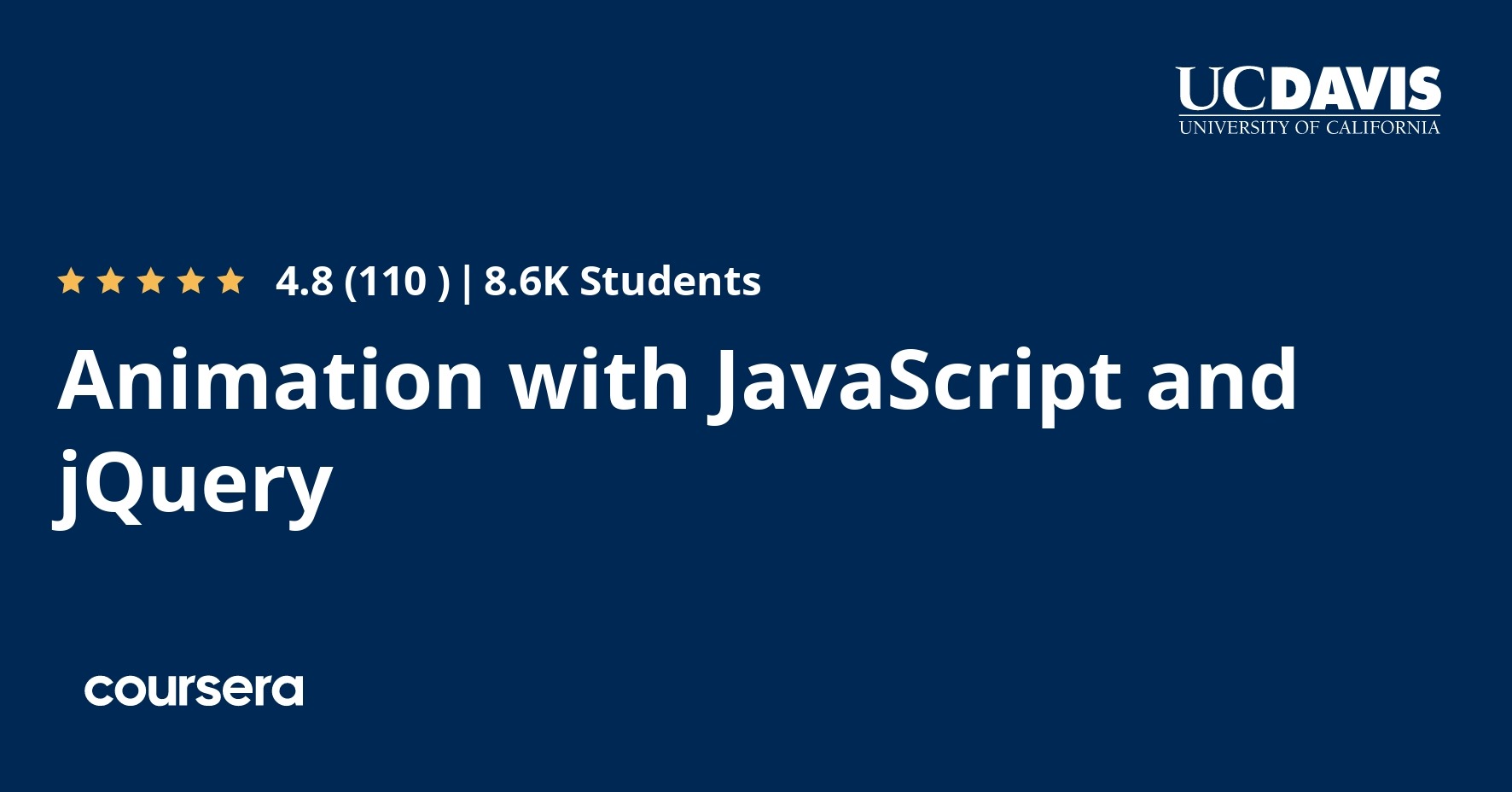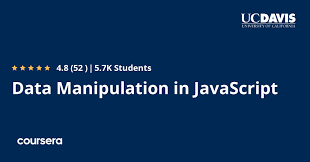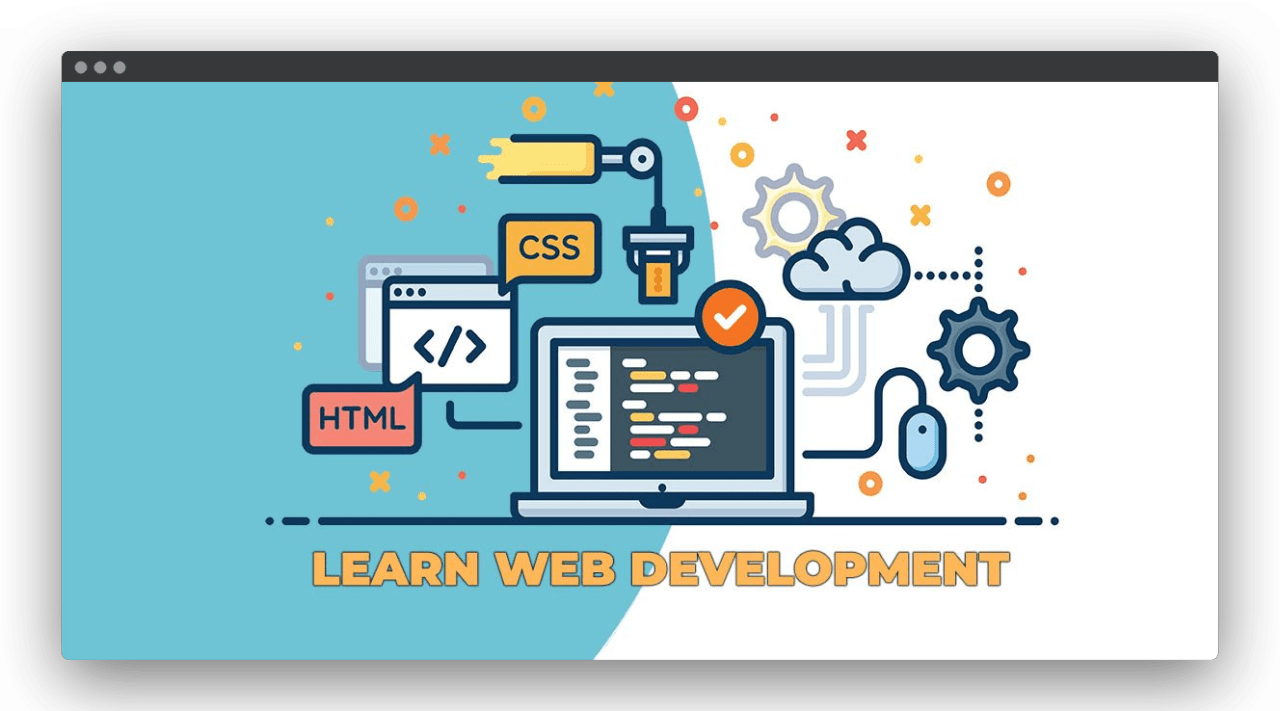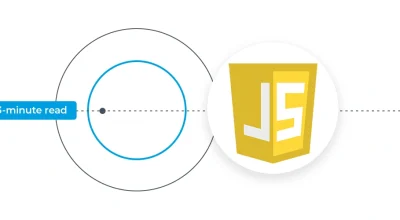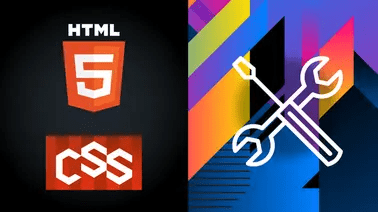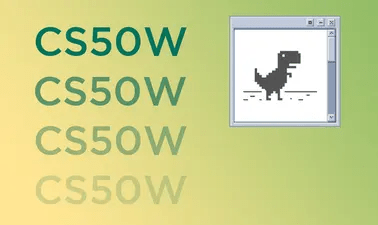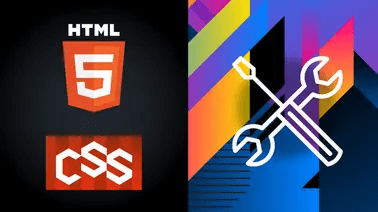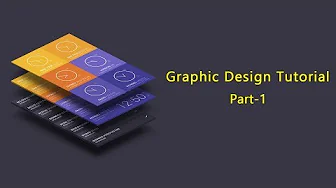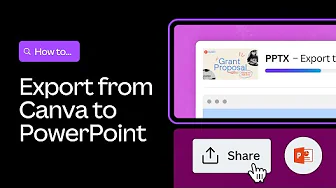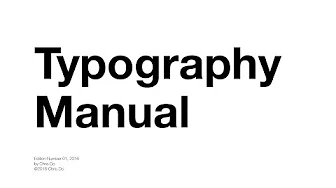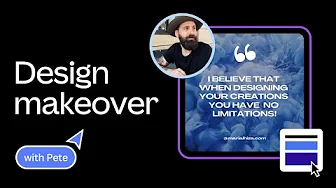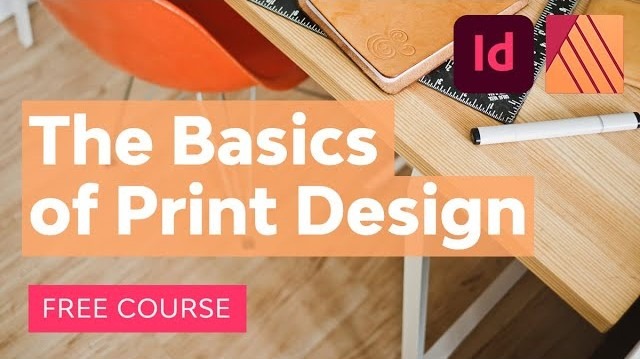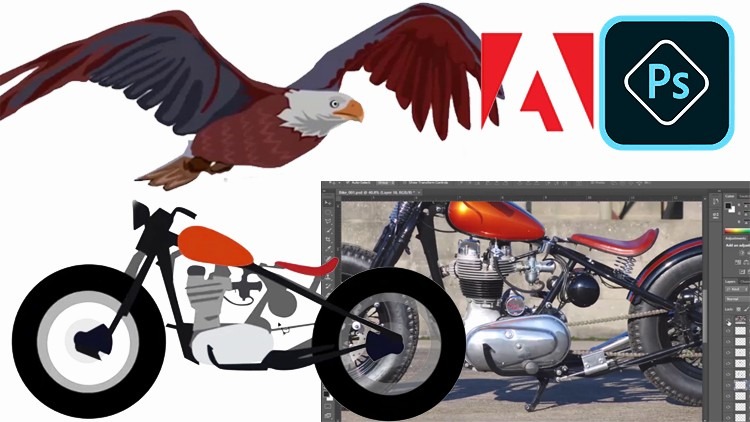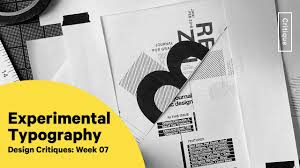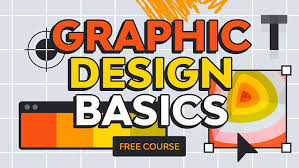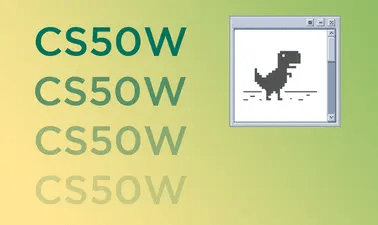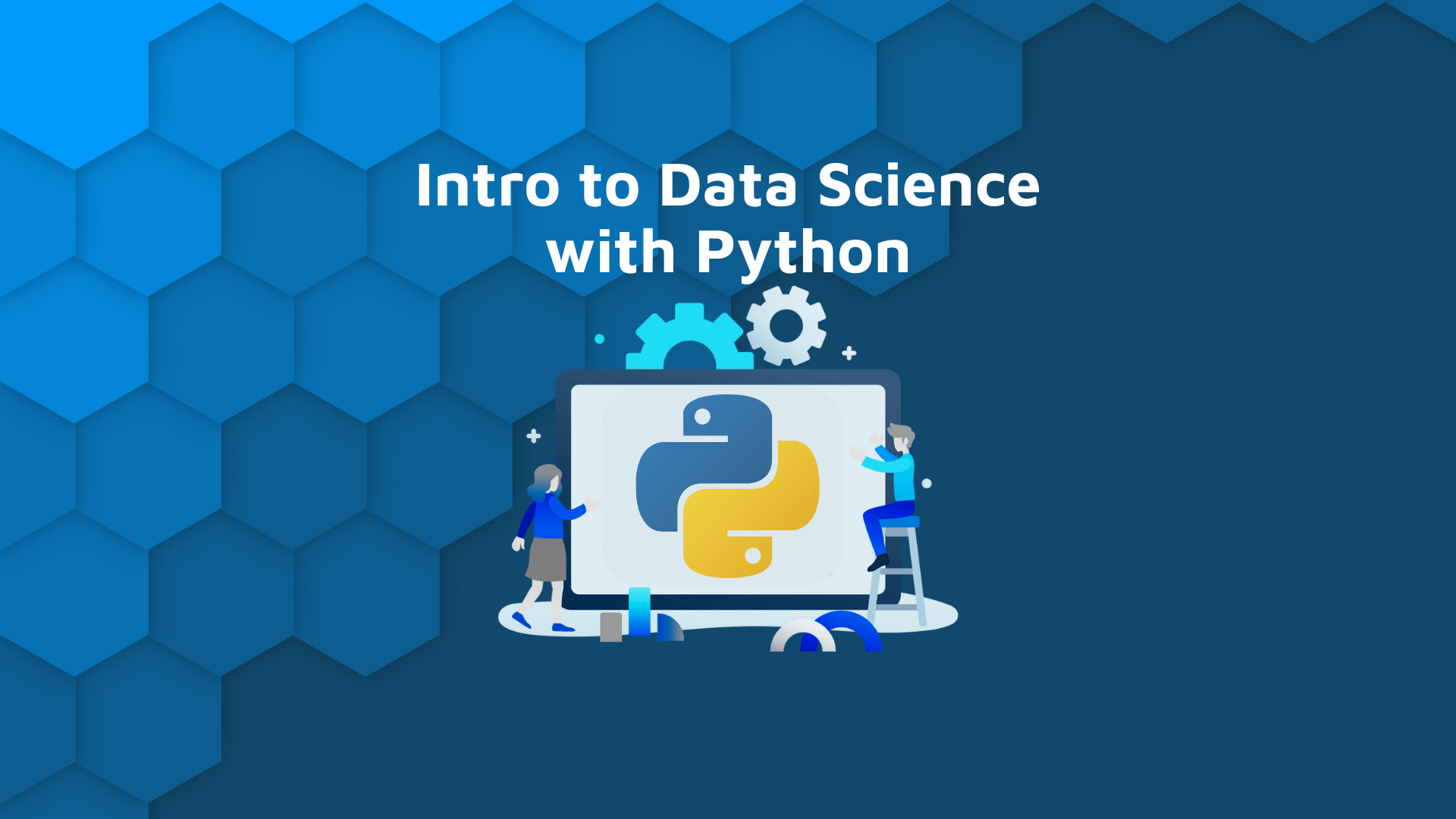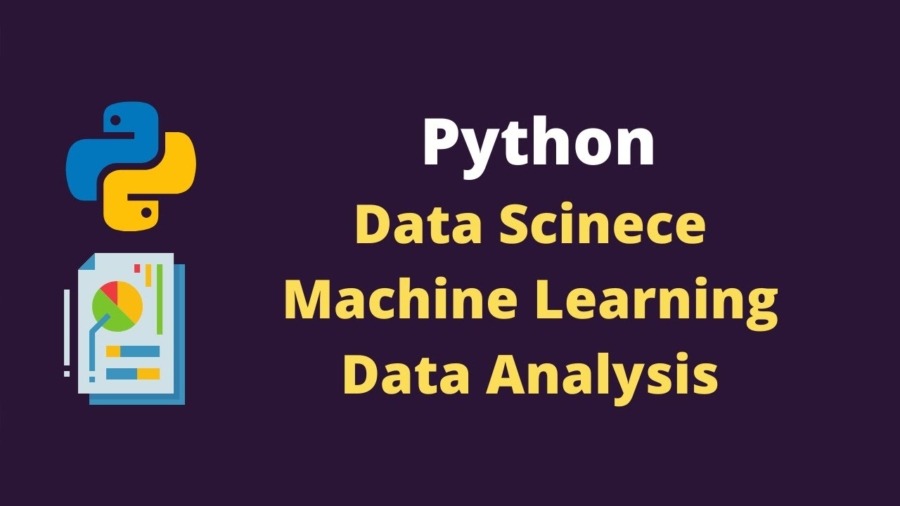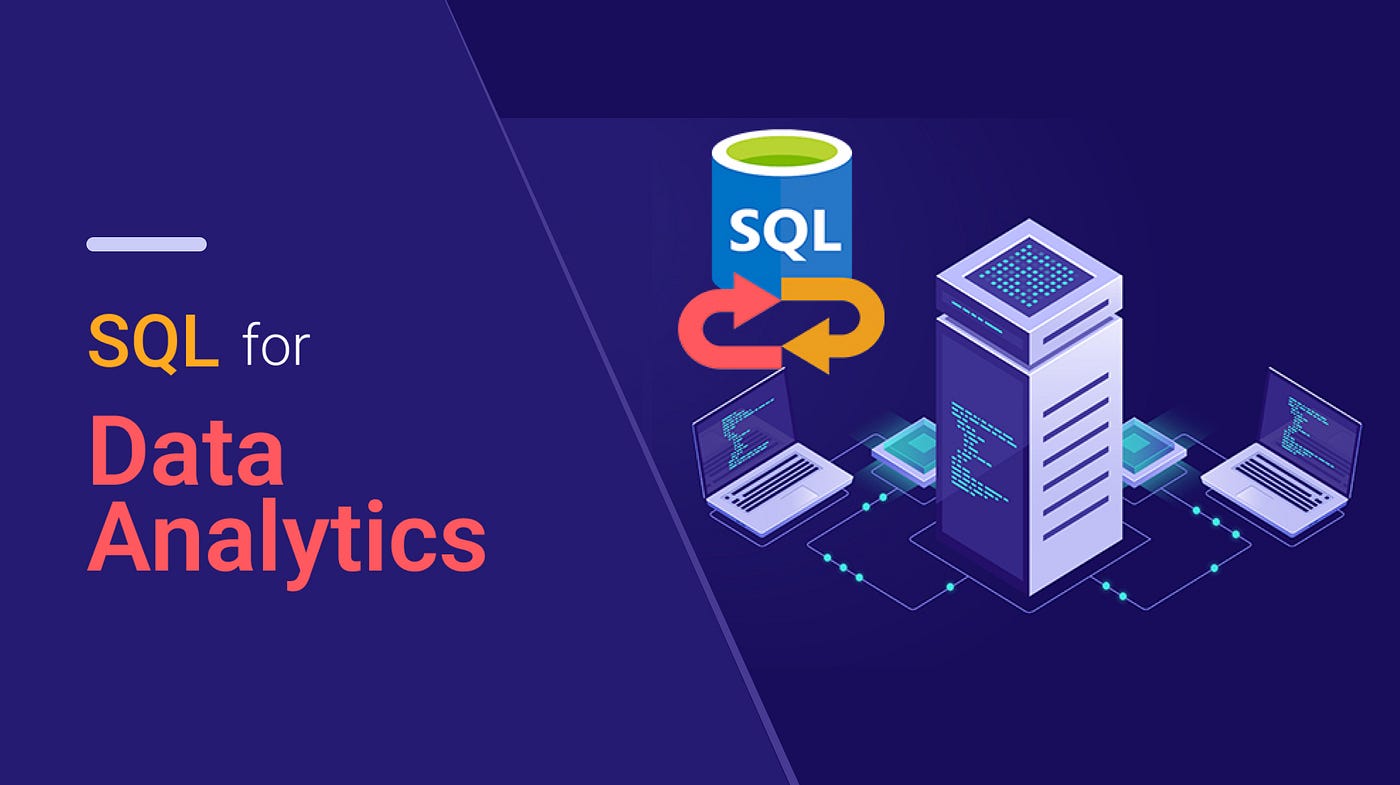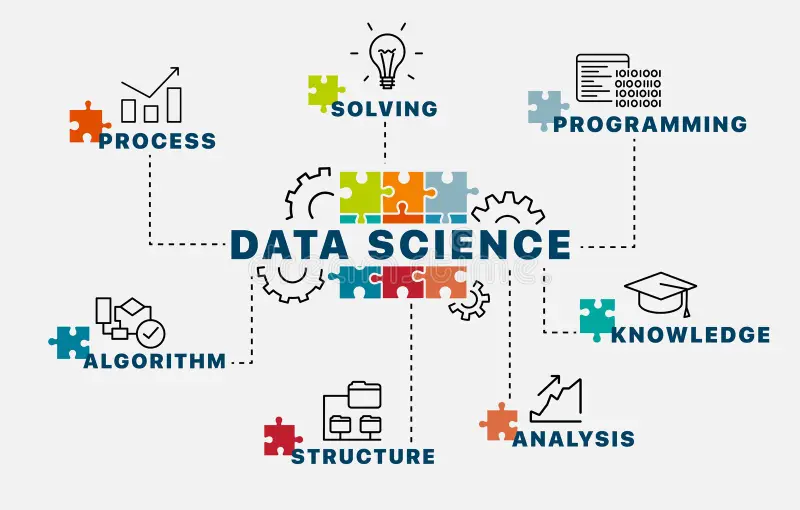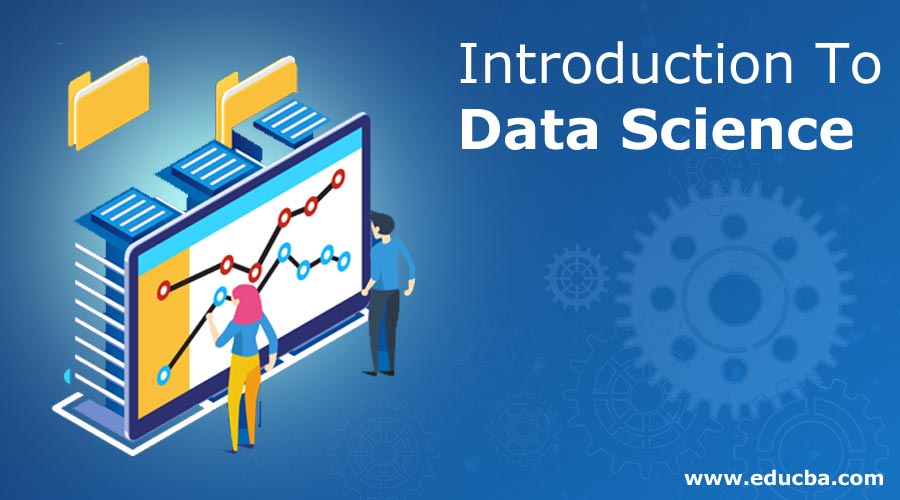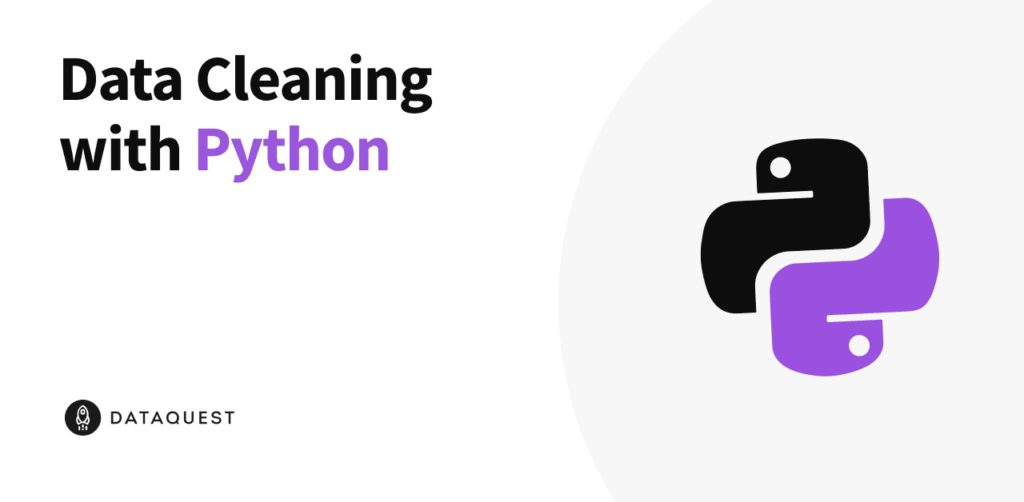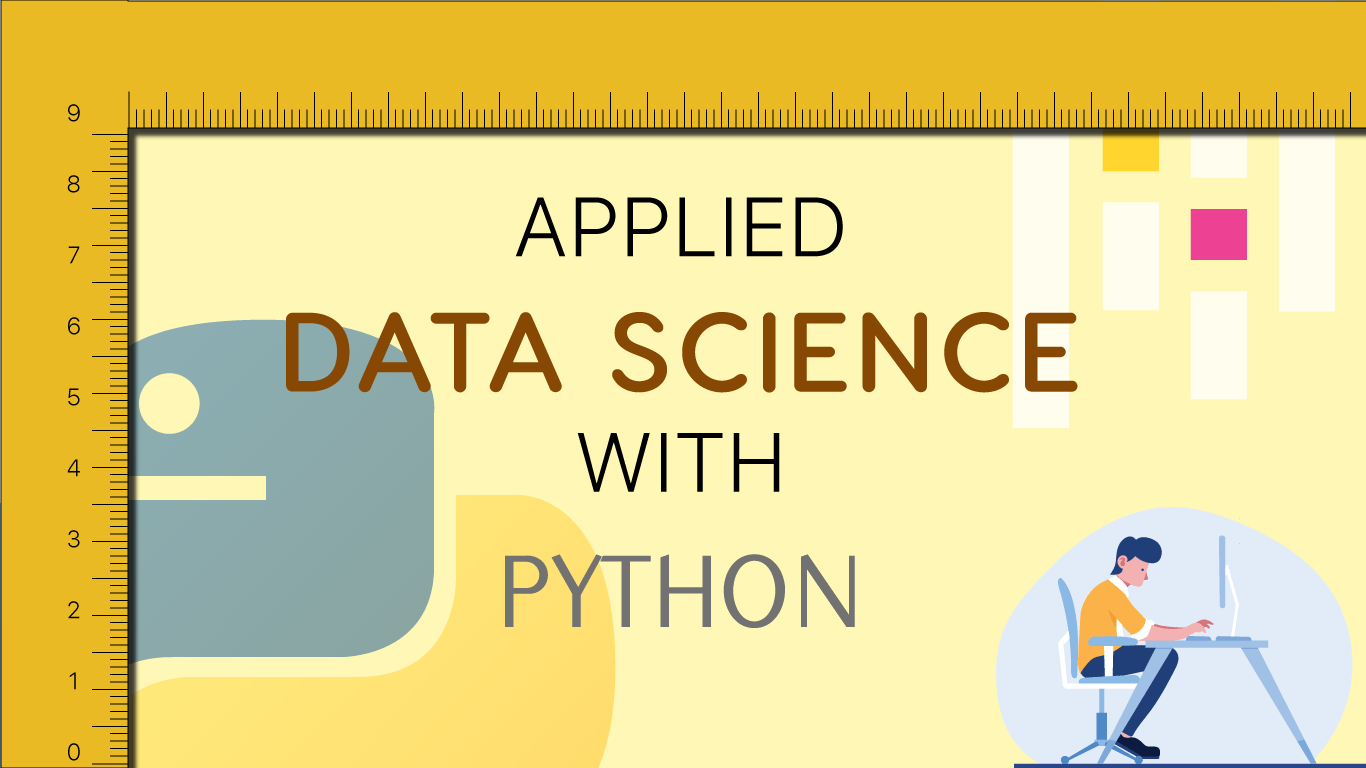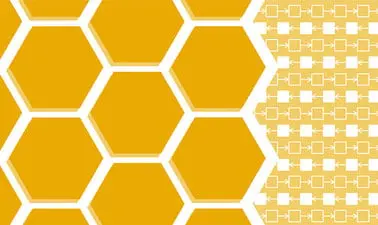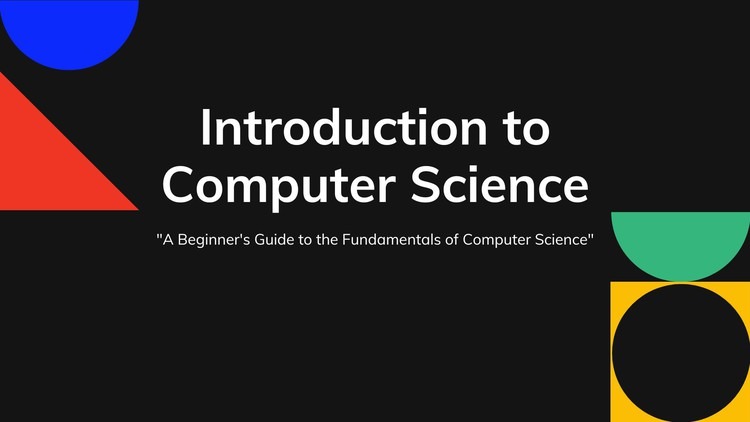Can you imagine your academic classes without a syllabus? That would be extremely vague. Creating a curriculum for a learning pod is the first and the most important step in the whole journey. One has to make sure it is structured and organised from the beginning. As there are a lot of steps involved, there’s a high chance you might get confused. To make things clearer, here’s a step-by-step guide to developing a structured and effective curriculum that will serve as an invaluable resource for any learning pod.
1. Define Learning Objectives
- Identify Key Goals: This is the foundation for your curriculum. Start your journey by pinpointing what you want your students to achieve. Think of goals like mastering maths concepts, enhancing reading skills, or developing art skills. These clear goals will act as your guiding stars for the entire curriculum.
- Subject-Specific Goals: Next, decide the main subjects your learning pod will cover like maths, science, and reading. You can combine this with broader goals, such as promoting teamwork and effective communication. This way, students not only gain knowledge but also essential life skills.
- Engage Stakeholders: It’s very important to involve parents and students in the conversation. Discuss your objectives with them to ensure everyone’s on board. This collaboration builds excitement and ensures that the curriculum matches with everyone involved. This will further add a sense of ownership and commitment.
2. Conduct a Needs Assessment
- Evaluate Student Needs: To have a perfect personalised learning pod, start by assessing each student’s academic level and strengths. This could be done through simple surveys or informal assessments. Understanding where they excel and where they might struggle is extremely important for their growth.
- Customise Curriculum: Now that you have collected the information, use the information gathered to design your lessons. If some students need more help in maths, prioritise that subject, or introduce specific resources that cater to their learning styles. This customization will help every kid enrolled in the pod.
- Parental Feedback: Don’t overlook the value of parental insights! Parents know the best. They can provide vital information about their children’s needs, helping you to refine the curriculum further.
3. Choose a Learning Model That Fits Your Pod
- Blended Learning: Consider adopting a blended learning approach, which combines online and in-person instruction. This flexibility allows students to engage in various ways, making learning more dynamic and inclusive.
- Project-Based Learning: This is a learning model which involves practical learning- quite helpful in today’s world! Here hands-on learning is encouraged through projects that allow students to apply what they’ve learned in real-world scenarios. This method not only deepens understanding but also boosts enthusiasm. Seeing the laws of physics in action is far more interesting than simply reading about them.
- Thematic Learning: Another option is thematic learning, where subjects are integrated under a central theme. This helps students see connections between disciplines, enhancing their overall comprehension.
4. Develop a Weekly and Daily Schedule
- Outline Weekly Objectives: To have a proper and structured learning pod, having a routine is really important. So, create a clear outline for each week, setting specific goals for subjects. This structure helps keep the learning focused and organised.
- Structure Daily Activities: Next is, break down daily schedules into manageable blocks, alternating between core subjects and engaging activities. This variety keeps students interested and helps them retain information better.
- Add Breaks and Physical Activities: Don’t forget to include breaks and physical exercises! Short movement sessions help recharge energy levels. This allows for better concentration during lessons.
5. Select the Right Learning Materials and Resources
- Digital Resources: Today’s era is all about technology. Make good use of it! Take advantage of online educational tools, such as videos and interactive apps, to support virtual learning. These resources can make lessons more engaging.
- Learning Kits: Involve science kits, art supplies, or other things like it that make learning more enjoyable. This approach gives a deeper understanding of concepts and makes everything even more interesting and enjoyable.
- Printed Materials and Workbooks: While digital resources are popular, nothing replaces the experience of reading physical books. Don’t underestimate the value of traditional materials. Books and worksheets are essential for reinforcing lessons and encouraging independent study.
6. Set Up Assessment and Feedback Mechanisms
- Regular Assessments: Use quizzes and project evaluations to monitor student progress regularly. These assessments help identify areas where students excel or need more support.
- Feedback Sessions: Schedule check-ins with students and parents to discuss progress. Open communication allows for adjustments to the curriculum based on feedback.
- Track Improvement Areas: Keep a close eye on areas where students struggle. This tracking helps you make timely adjustments to ensure everyone is on the correct path.
7. Integrate Social and Emotional Learning (SEL)
- Team-Based Activities: Motivate collaboration by incorporating group activities that build skills like empathy and teamwork. These social skills are very important for their overall development. These kids will eventually step into the real world and will have to work in a team- so, it’s great that they learn it early on!
- SEL-Focused Discussions: Aim to raise emotionally intelligent humans. Create a safe space for discussions about emotions and conflict resolution. This helps students develop good emotional intelligence and resilience.
- Self-Regulation Techniques: Teach mindfulness or simple breathing exercises to help students manage their emotions, particularly during stressful situations.
8. Incorporate Physical Activities and Creative Outlets
- Movement Breaks: Schedule short exercise sessions to help students recharge. Physical activity enhances focus and reduces stress.
- Arts and Crafts: Include creative projects that allow students to express themselves. Art helps in better imagination and can also work as a therapy.
- Music and Dance: Encourage movement through dance or rhythm activities. These not only improve coordination but also boost confidence and creativity.
9. Adapt and Adjust as Needed
- Flexible Curriculum: Stay open to making changes based on student and parent feedback. Flexibility is key to meeting the diverse needs of your pod.
- Adjust Accordingly: Keep track of which activities are most helpful and loved by students and adapt future plans accordingly. Learning is a continuous process!
- Stay Open to New Resources: Regularly update your materials and methods. Fresh resources keep the curriculum exciting and relevant, helping students stay engaged.
Why Choose Apni Pathshala’s Learning Pods?
Any talk about learning pods is incomplete without Apni Pathshala. Our collaboration with BeyondExams promises that learning pods are designed with a unique and updated curriculum approach that works for every child’s individual learning needs. We prioritise academic excellence while also nurturing emotional growth and creative expression. In our pods, students find a supportive environment where they can truly grow.
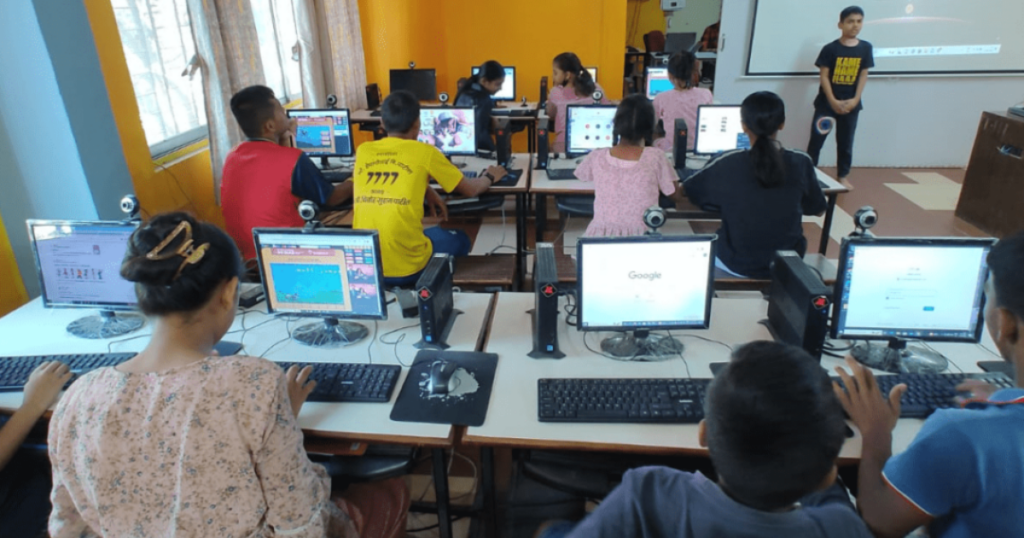
So what are you waiting for? Visit Apni Pathshala today and discover how our innovative learning pod curriculum can make a significant difference in your child’s academic and personal development.

